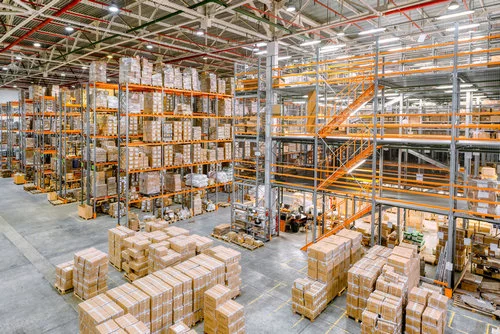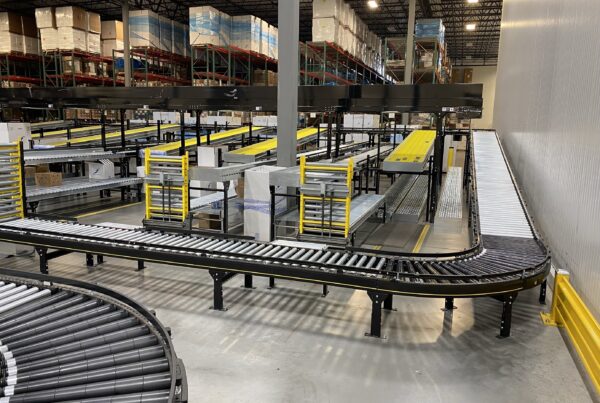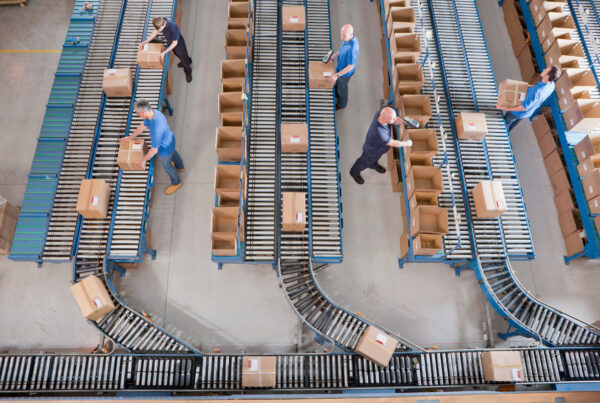Warehouse pick modules, when properly chosen and installed correctly, can really streamline your warehouse and help you be more competitive. But what pick module design you decide on and what system you invest in will be pivotal to your success. The more integrated and automated your pick module system is, the more in-tune it will be with your current infrastructure and operations.
What is a warehouse pick module?
A pick module is an assembly line of robots – in a multi-level way. These robots work together to pick and pack items for orders. The robots work in a sequence picking items, packing them, and then moving them to the next station. If properly configured, they can maximize your speed, allow you to function all hours of the day, can help when it comes to warehouse safety, and will allow you to better optimize your staff and employees by transferring them to other departments or giving them more useful tasks.
Pick modules are used in warehouses because they can be programmed to handle different types of products, which reduces the need for multiple warehouses that specialize in certain goods. You won’t need one warehouse dedicated to cold storage, while another dedicated to E-Commerce — pick modules can adapt to both scenarios and work efficiently.
Basic components of pick modules
At its core, a pick module is a machine that transfers a product from a storage area to either a conveyor or to a packaging station. Pick modules are configured in many different designs and sizes, and they can be made from various materials. The most common type of pick module is the single-pallet pick module, which is used for picking products from one pallet at a time. Other types of modules include double-pallet pick modules, stacker-reclaimers, and bulk pick modules.
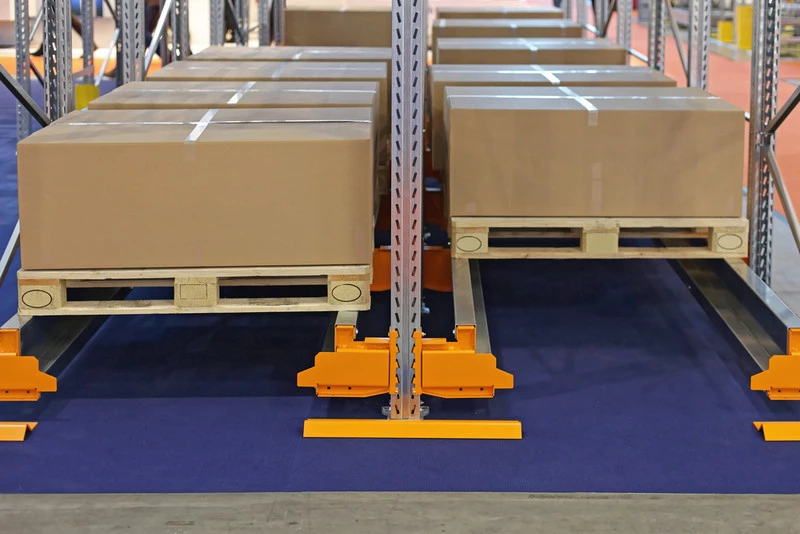
The majority of pick modules use an electric motor for power. This motor turns the belt that moves the product through the module. It also turns the turntable on which the pallets are stored or on which boxes of items are placed when using bulk pick modules.
The benefits of pick module usage in a warehouse
Pick modules are one of the most efficient ways to organize and manage warehouse inventory. Some of their benefits include:
Item Storage
Pick modules can be used to store items in a more organized way. They help you maximize your warehouse’s space.
Inventory
Because they store items more efficiently, pick modules can also help you out with auditing and controlling your inventory. Your WMS will have an easier time keeping track of items that are well stacked and stored where they should be.
Time Saving Measures
Pick modules can help with many time-saving measures such as reducing the amount of time it takes to find an item, reducing the amount of time it takes for employees to pick items, reducing the amount of space needed for storage, increasing efficiency by reducing back-tracking and wasted motion, and help with inventory management.
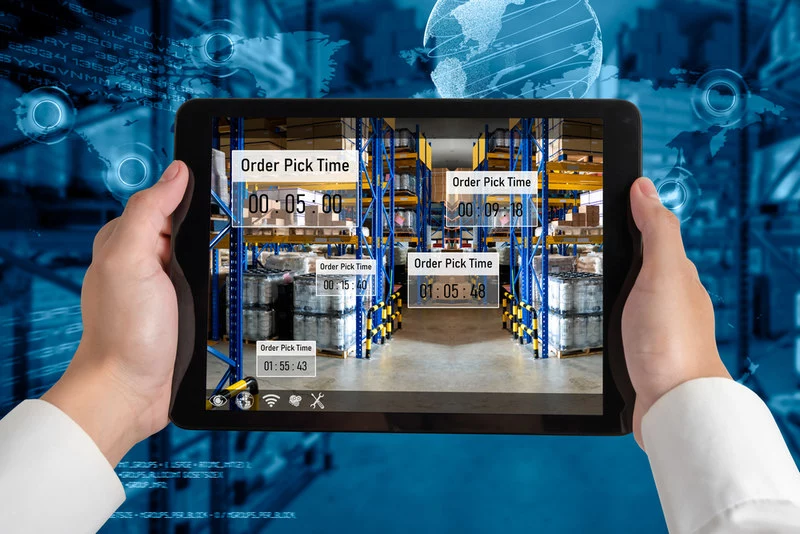
What warehouse issues do pick modules help resolve?
Pick modules are one of the most important warehouse equipment pieces you can invest in. They help to resolve many issues that are currently faced by warehouses. Such solutions help minimize the number of errors that are made while picking. This is because they provide a visual interface to the pickers, which helps them find items easily and quickly. They also make it easier for pickers to find items in high storage racks, which is often difficult for humans to do manually.
Pick modules also help to reduce the time taken for picking and order fulfillment, as they eliminate the need for manual sorting and picklist preparation by employees.
The challenges associated with pick modules
There are a couple of things to keep in mind when deciding to invest in pick modules. Let’s take a look at them:
Ergonomics
Pick modules are meant to work autonomously, so they are not built in an ergonomic, human-friendly manner. The ergonomics of picking modules are not necessarily designed for the human body. They are designed for robots and in many cases might be a bit too constraining for humans and the module operators.
Cost
When deciding on whether or not you should add pick modules to your warehouse or distribution center, you will want to carefully consider the cost. The price of pick modules can be high, especially if they are deployed in high-volume warehouses; however, if you project growth in the coming years, the investment is well worth the cost and will provide a return on investment within a couple of quick years.
Integration
The last challenge can be the integration process into existing warehouse systems. Warehouse work can occur on departments that are interconnected, a flowing framework of gears – one activating the other. Pick modules need to be properly adapted into this framework – otherwise, they won’t function to their best. The best way to integrate pick modules into your active operations is to take a phased integration approach with SRSI.
The complexity of pick modules
Even if it’s a small system or a multi-level pick module, it’s important to contact a specialist. One that is well aware of your business’ needs. They will not only advise you on what model of pick module system best suits all your requirements but help you configure the system so it starts earning back its investment from day one. Contact SRSI today for an official quote and to begin your warehouse transformation with pick modules.
 Skip to main content
Skip to main content
